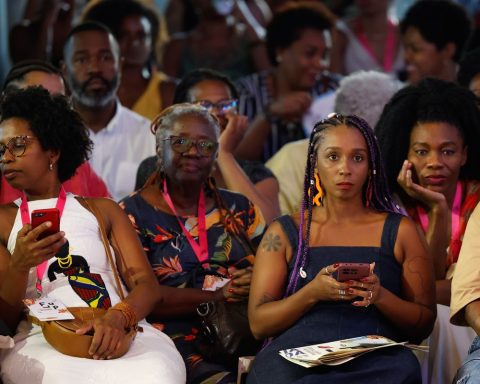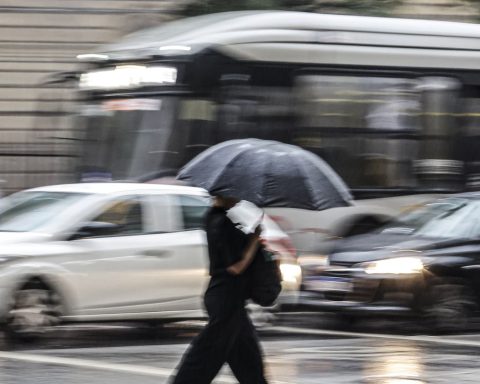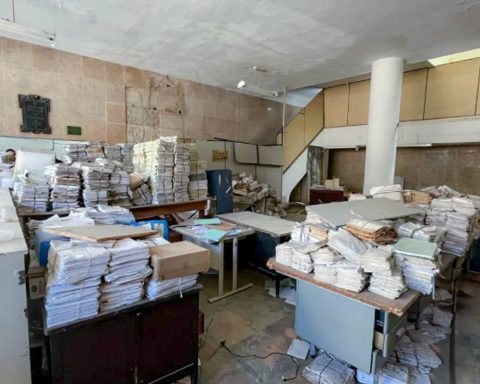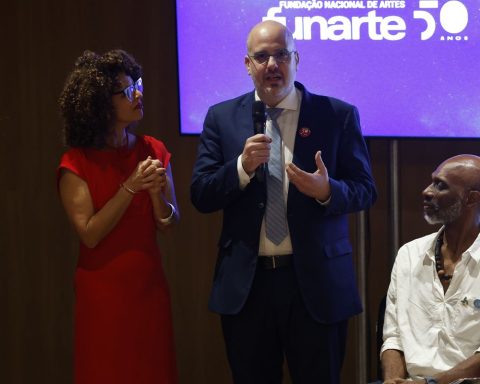The unprecedented world title of sitting volleyball, won in Sarajevo (Bosnia and Herzegovina), in November, made the Brazilian women’s team the new reference for the modality, practiced by athletes with mobility impairments. No wonder, the team’s activities at the Paralympic Training Center, in São Paulo, last week, had the participation, precisely, of the team defeated in the final five months ago, Canada.
“We have great difficulty playing away from home, so when you have an exchange like that, it is very important. Especially being a team like Canada, which is world runner-up. We won that final by 3 sets to 2, it was very difficult”, analyzed coach Fernando Guimarães, who is the brother of José Roberto Guimarães, coach of the women’s volleyball team and three-time Olympic champion.
During the week, the teams performed mixed activities and played friendlies. The Brazilians, incidentally, won seven of the eight games played against their rivals.
“In the past, nobody wanted to train with us. Today, everyone wants [risos]”, commented Janaína Petit, athlete of the Brazilian team. “It’s great to be able to train with the best teams. I think that [este ano] Italy and Germany will also come. We didn’t have these exchanges, so it’s wonderful”, added the 45-year-old player, chosen as the best player at last year’s World Cup.
The women’s team has two competitions ahead of them in 2023. The first of them, in May, is the Pan American championship, in Edmonton (Canada). In November, the team competes in the World Cup, in Cairo (Egypt). In both events, the champion qualifies for the Paralympic Games in Paris. As Brazil is already assured of the Games, due to the world title, the tournaments will serve as preparation. The Canadians, however, have to win at least one of the events to also get there.
“That’s why we came here. It’s great to be in Brazil, playing with the best team in the world and being with them outside the competitive environment”, said Canadian coach Nicole Ban, who led the team at the Tokyo Paralympics, in 2021, when the Brazilians also got the better of the dispute for the bronze medal.
“It was a week for us to develop our game, learn new things in a fun way, but also competitively, compete at the highest level”, added Danielle Ellis, an athlete from the Canadian national team who participated in the training sessions in São Paulo.
The exchange of experiences throughout the week, however, does not mean “opening the game” to a possible opponent for an unprecedented Paralympic gold medal in 2024. Guimarães, for example, revealed that he used different formations in the eight training games of the exchange.
“We have, in Brazil, 12 to 14 players of very similar level. So, I hardly start or finish a game with the same team. Among all the formations, this is the one that will play [na Paralimpíada], but they won’t know. Even in the World Cup we will be running all the time. People must think we’re crazy, but inside we know what we’re doing. Whatever we can hide, let’s hide. The focus is Paris”, said the technician.
“It’s kinda hard [esconder o jogo]but we try [risos]. We are going through some changes in the team, from positions [na quadra] that we occupied”, concluded Janaína.
The modality
As in conventional volleyball, the sitting version is played by six players on each side. The court, however, is smaller, measuring 10 meters (m) long and 6 m wide. The net is 1.15 m in men’s matches and 1.05 m in women’s matches. Athletes may block the opponent’s serve, but must maintain contact with the ground at all times, except when moving.
If the Brazilian women’s team is guaranteed at the Paralympics, the men’s team will have to seek a place in Paris under the same conditions as the Canadians: being champions in Edmonton or in the World Cup. The men’s team, which was a bronze medalist at the World Cup, beaten by favorite Iran in the semifinals, is also led by Fernando Guimarães.















